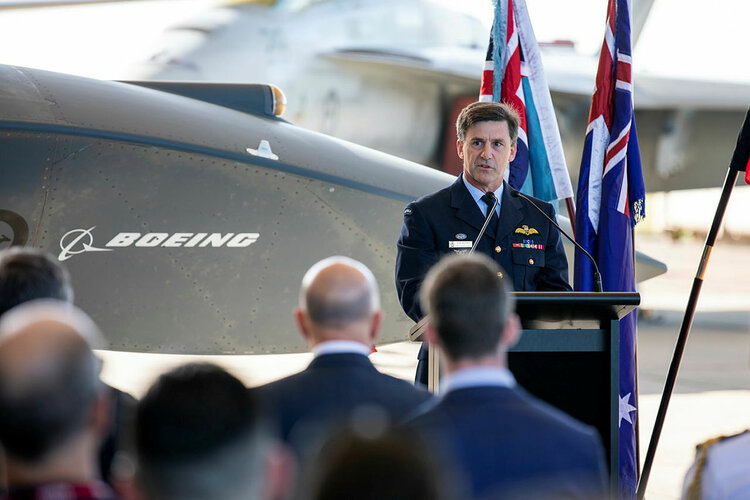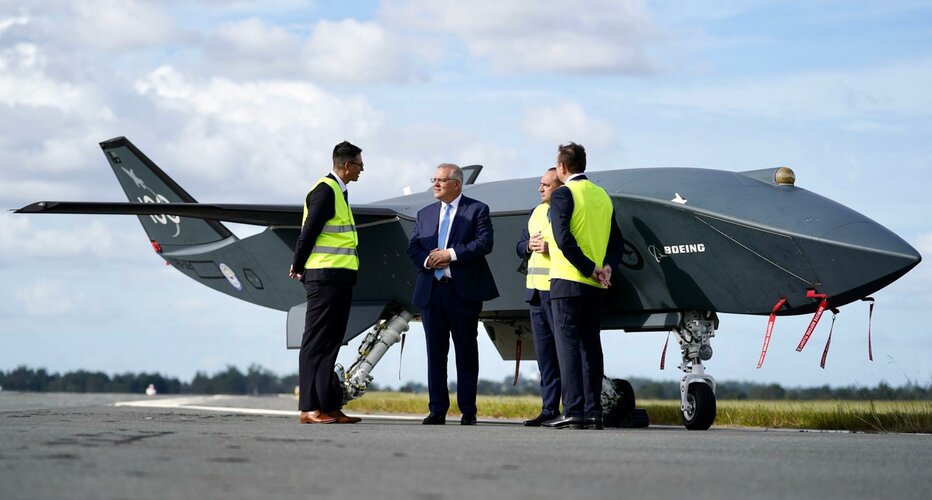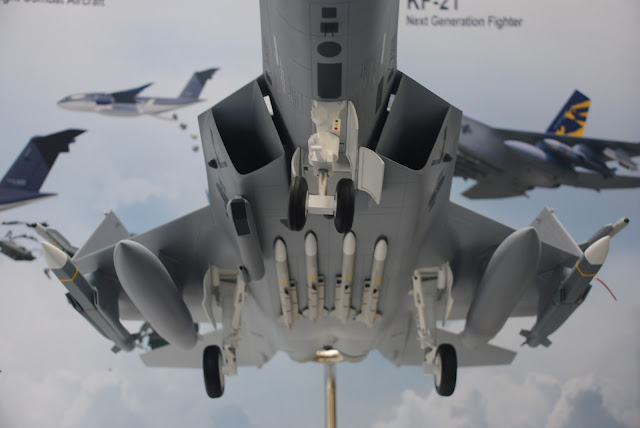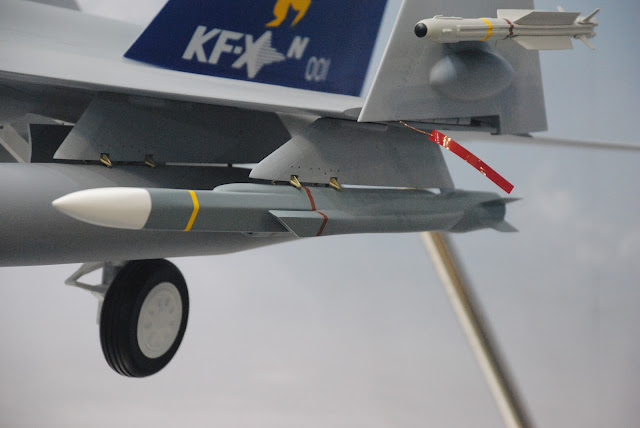Three distinct classes of aircraft piloted by artificial intelligence have emerged as options to fly alongside current and future U.S. Air Force fighters. The candidates range from expendable to exquisite systems, with a potential middle tier of attritable aircraft that leverage modular design features inspired by the automotive industry.
All of these concepts were on full display inside the exhibit hall of the Air Force Association’s annual Air, Space and Cyber Conference, which celebrated the 75th anniversary of the founding of the Air Force as an independent branch of the military.
On the high end, Northrop Grumman’s booth featured a concept model of the SG-101, the latest example of the company’s long line of advanced flying-wing aircraft. Lockheed Martin, meanwhile, showed off the Skunk Works’ concept for the Speed Racer, an expendably cheap uncrewed aircraft system (UAS) that will soon be teamed with F-35s for a demonstration called Project Carrera.
For the first time, General Atomics Aeronautical Systems Inc. (GA-ASI) and Kratos executives talked about their competing and similar proposals for a middle layer of Air Force Secretary Frank Kendall’s vision of so-called Collaborative Combat Aircraft (CCA)
(see page 22). GA-ASI’s Gambit and Kratos’ Demigorgon would be families of UAS in the 10,000-lb. class that share a common chassis—consisting of a keel, landing gear, power systems, mission computer and avionics—but integrate different airframes, wings, inlets, engines and payloads depending on the mission.
Boeing’s exhibit booth at the Air Force event showed off images of the Australian-built MQ-28 Ghost Bat UAS. Instead of swapping airframes and engines for different missions, the MQ-28 would be fitted with different nose-mounted radomes to accommodate different payloads. Finally, Blue Force Technologies, a small, North Carolina-based company, displayed a model for the first time of the Fury UAS, which the Air Force is building to demonstrate as an artificial-intelligence (AI)--piloted adversary air platform. The Fury also offers a removable nose section to accommodate different payloads.
All of these concepts are being advertised as Air Force leaders are still far from describing specifically what they are seeking in one or many types of CCA. Although the Air Force is preparing to launch a program of record for the CCA in the fiscal 2024 budget, service leaders do not know exactly what capabilities for an AI-piloted CCA would be possible by a desired fielding date in the early 2030s nor how many such aircraft would be needed overall or per squadron.
[snip]



















